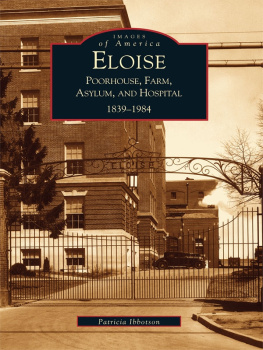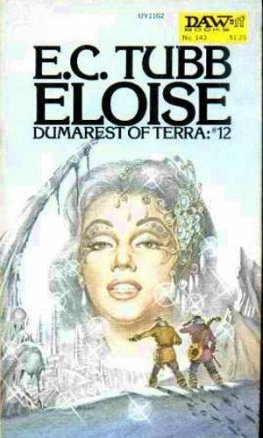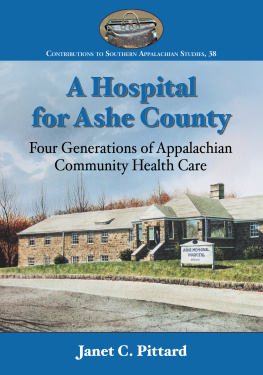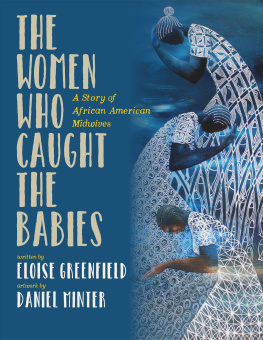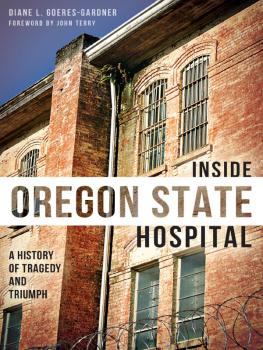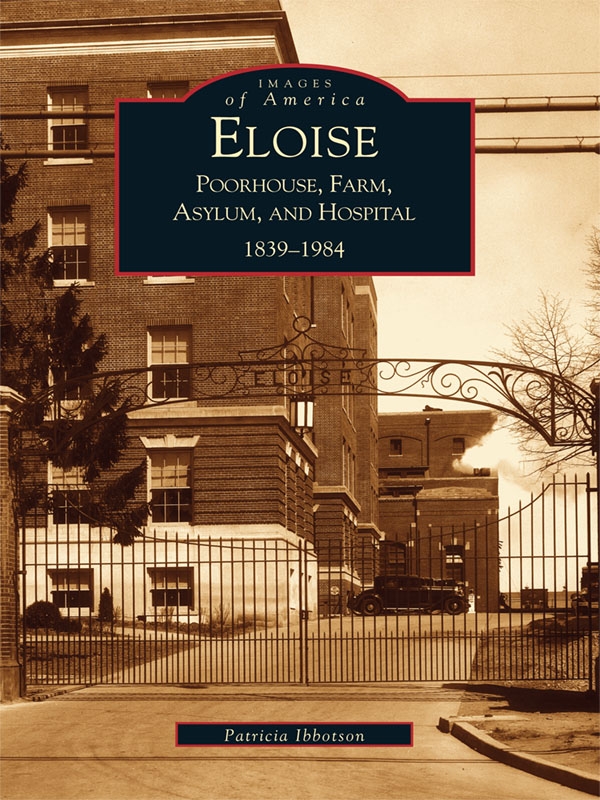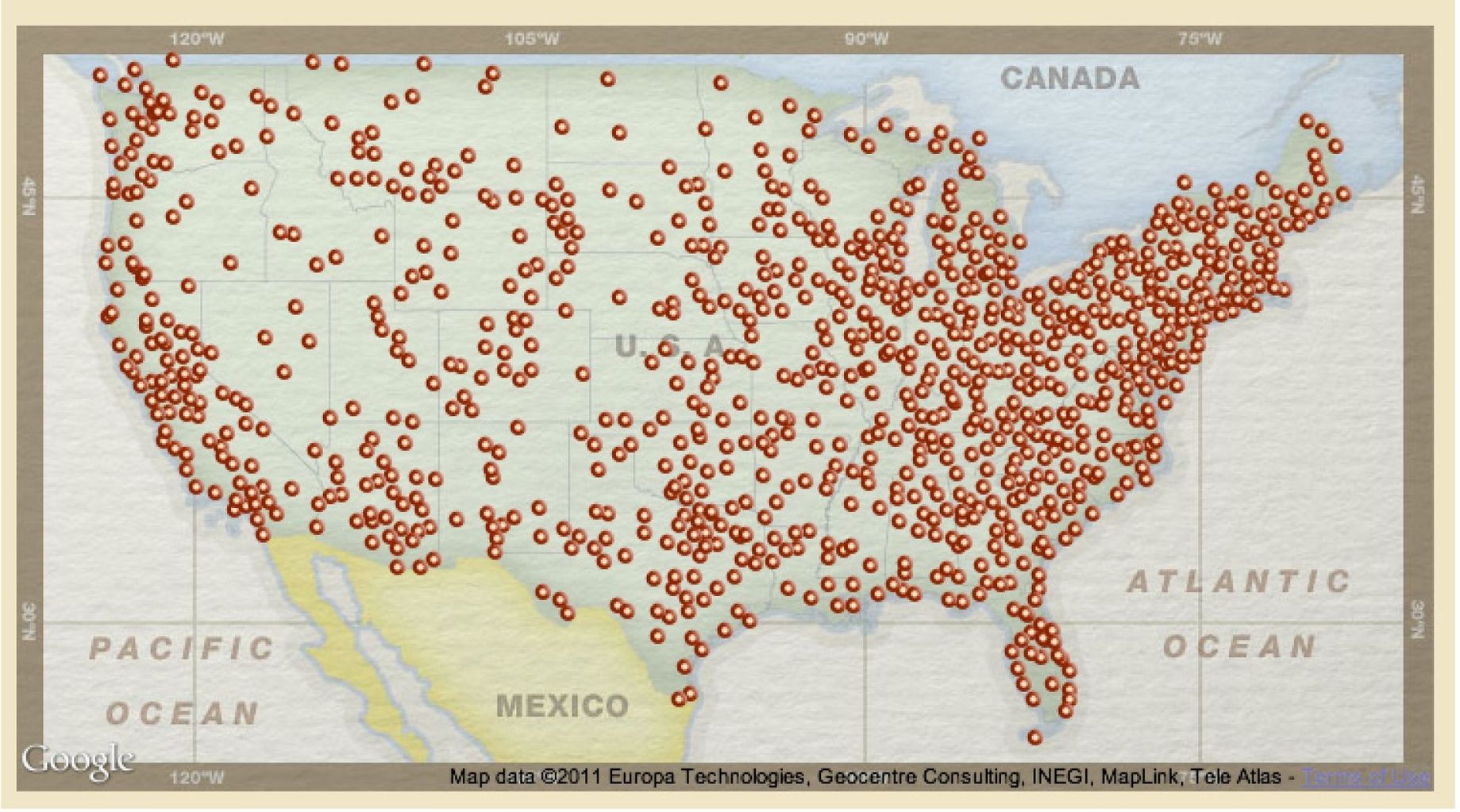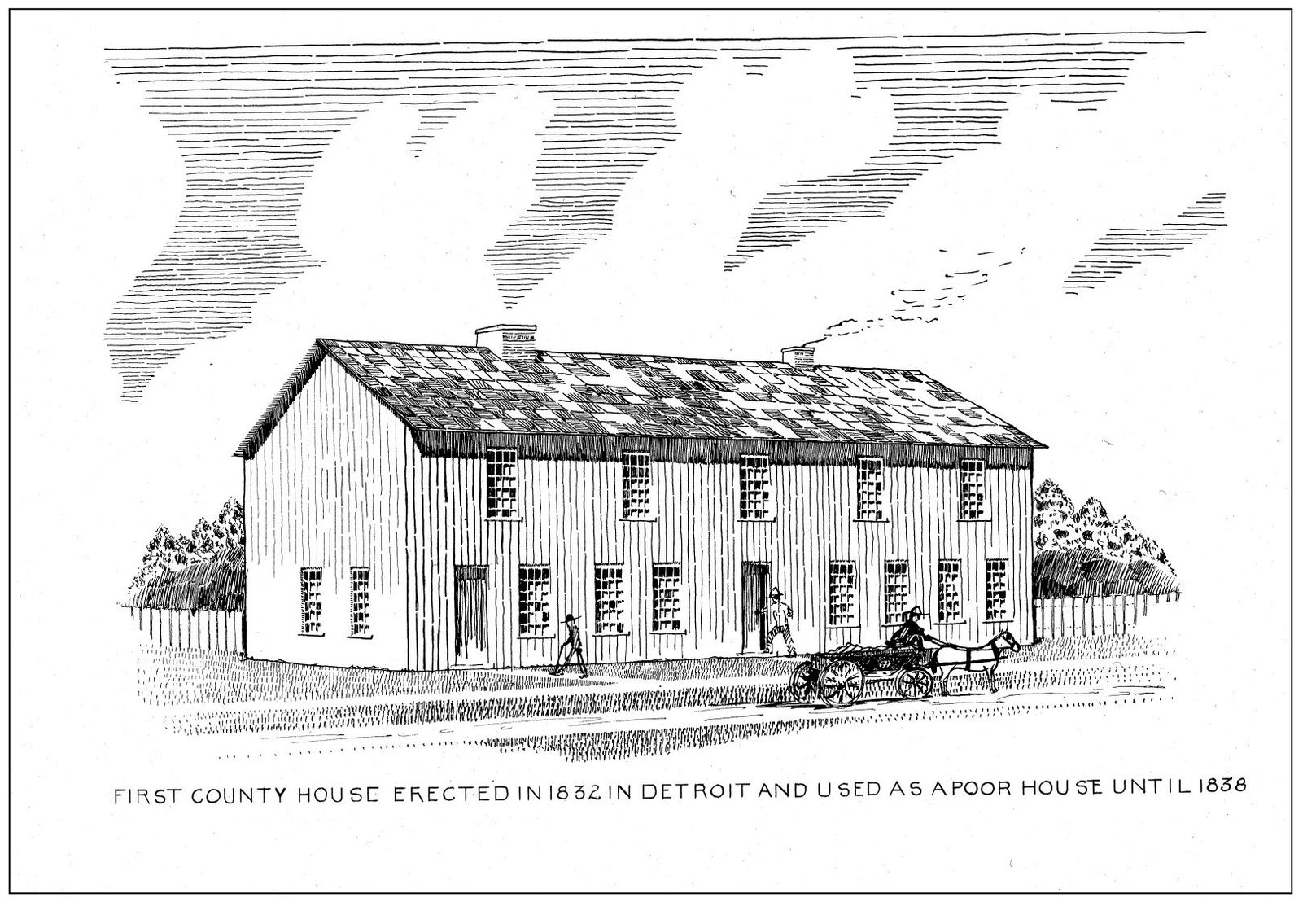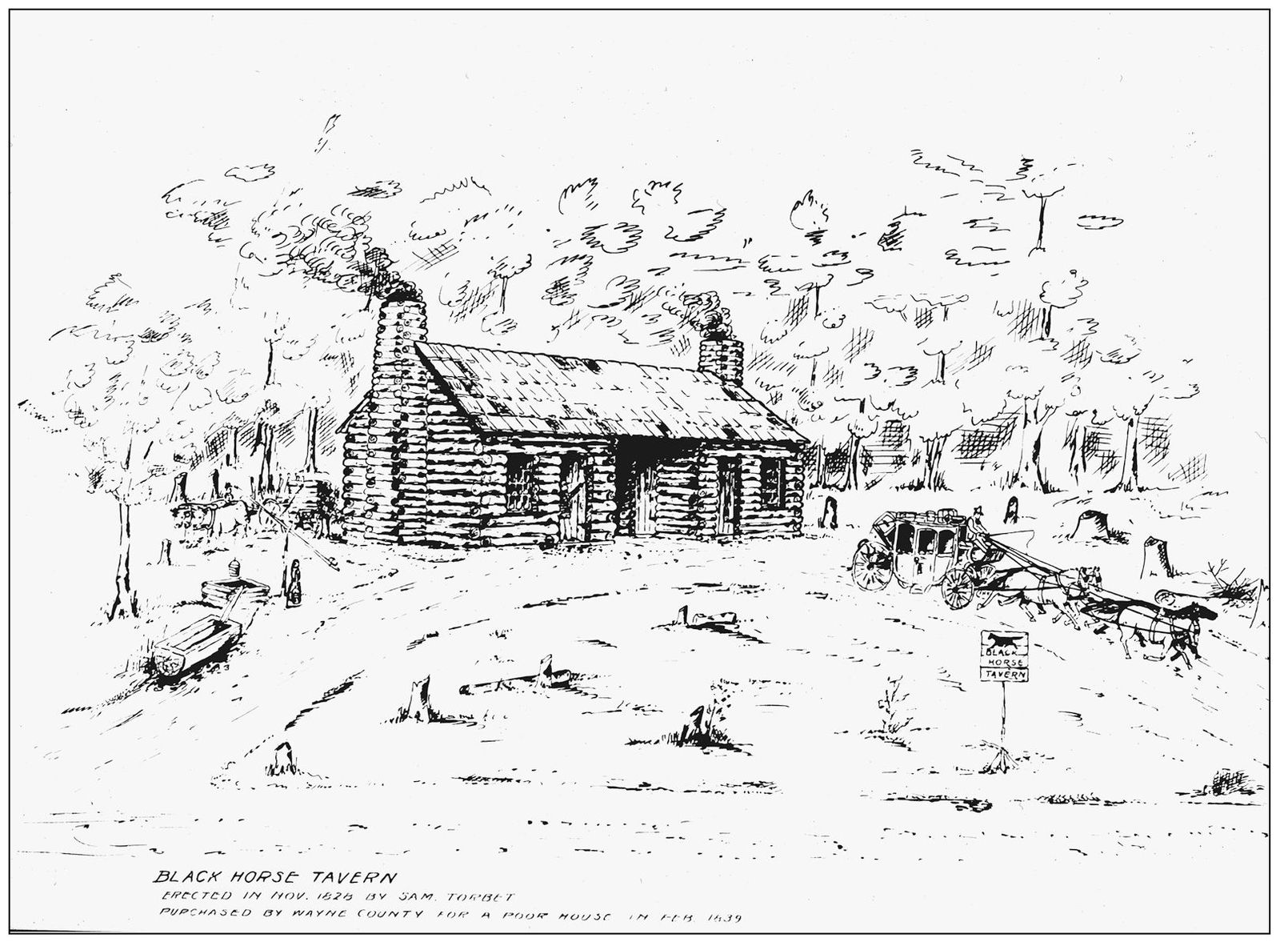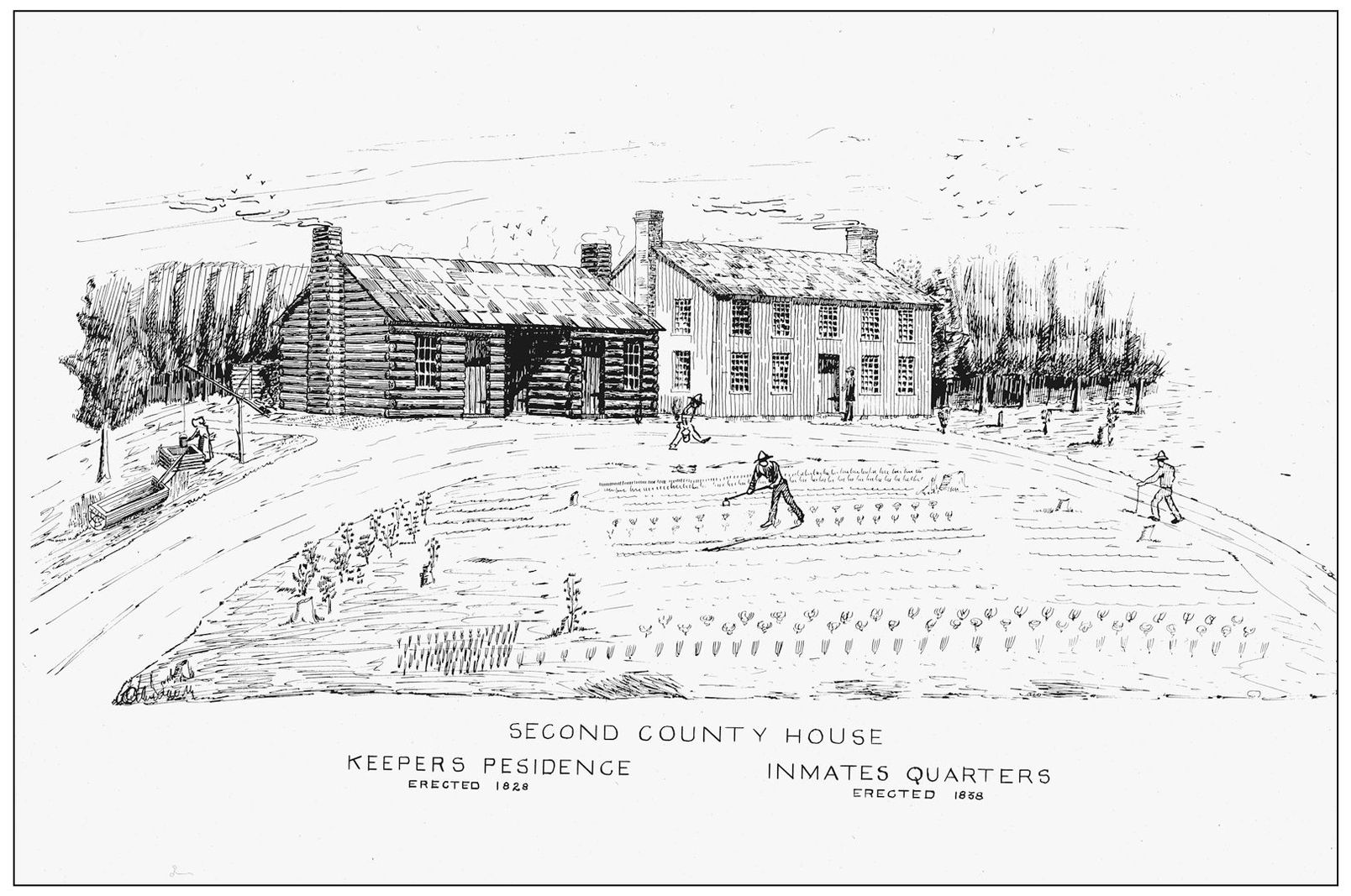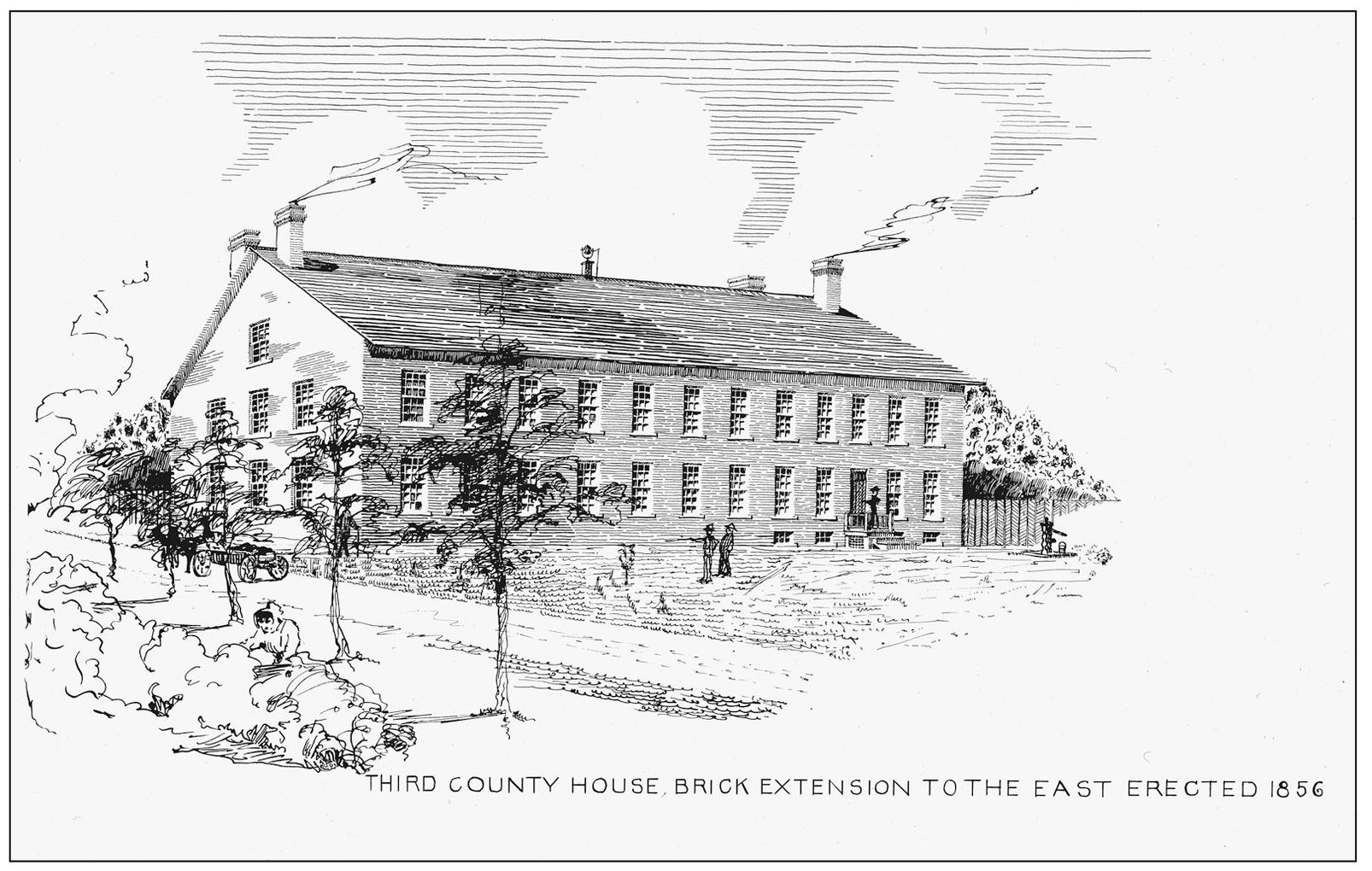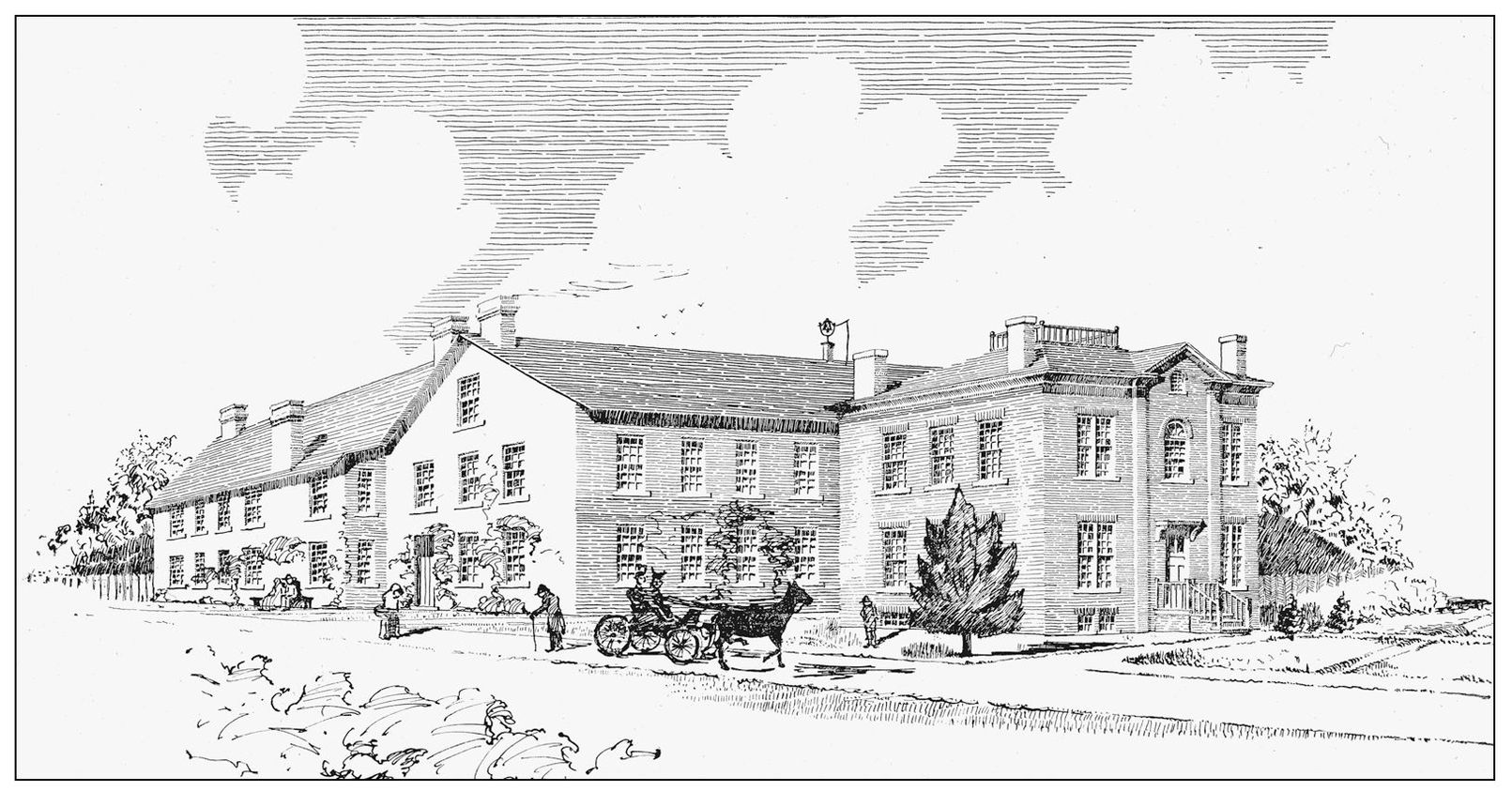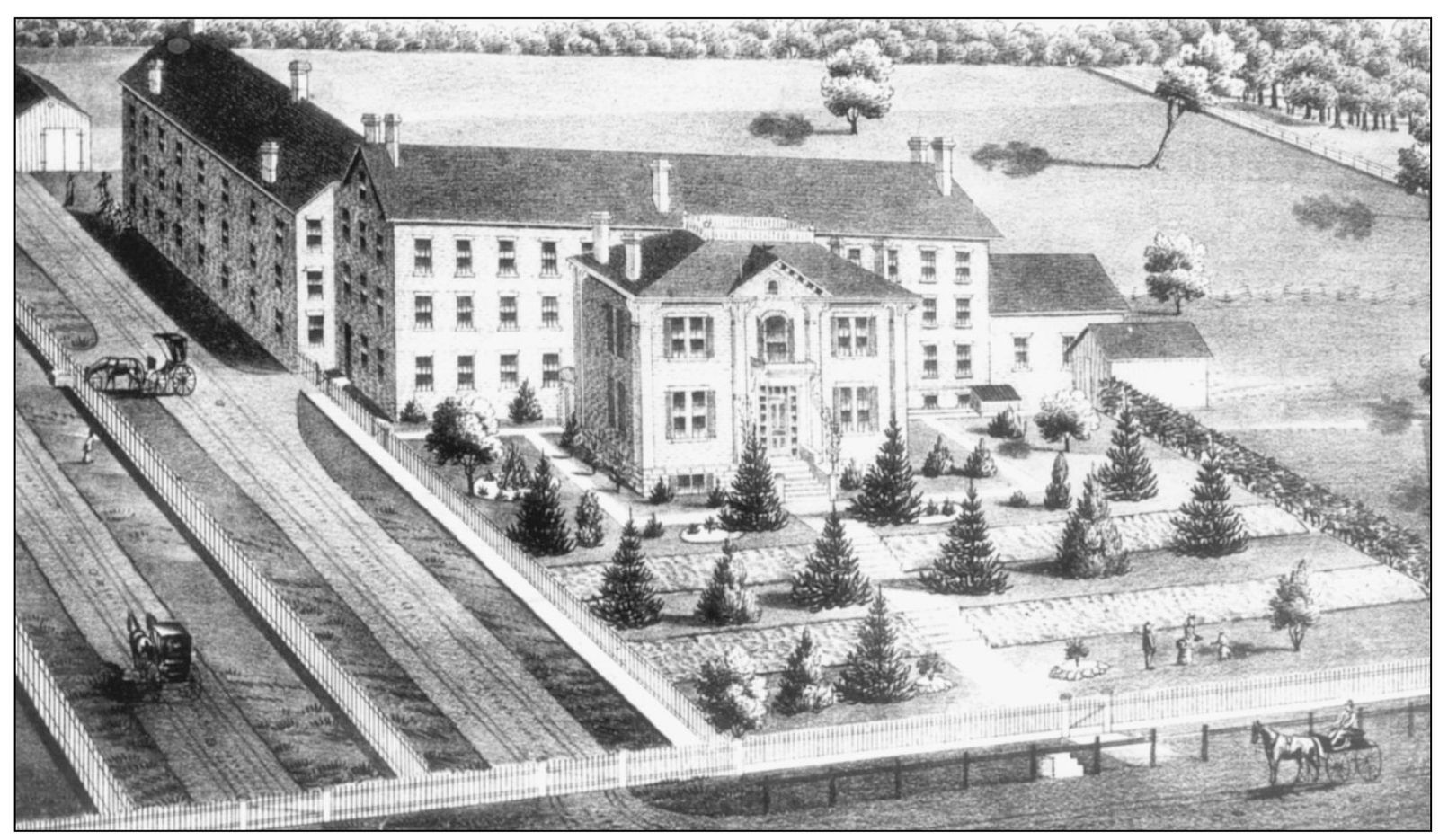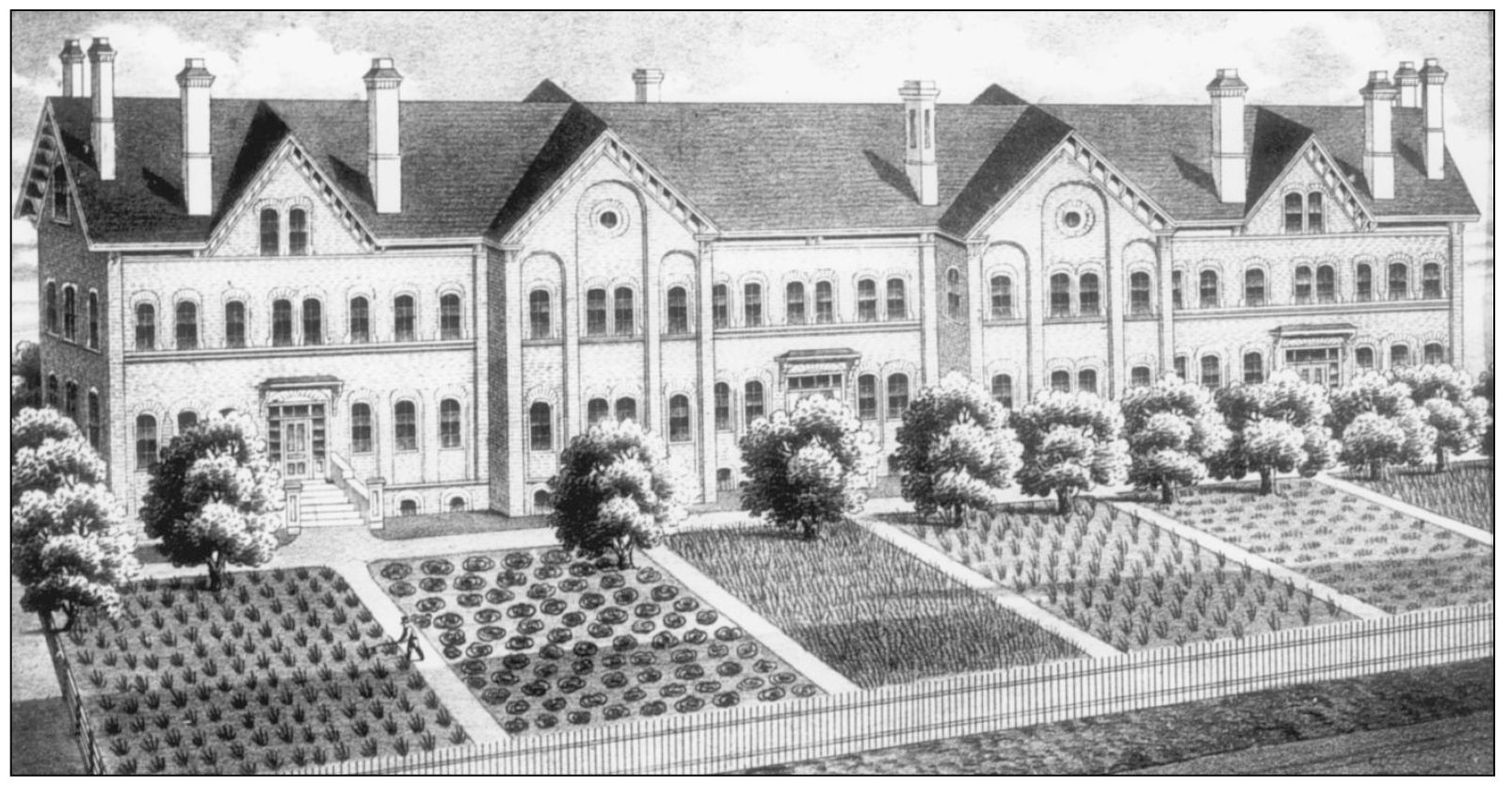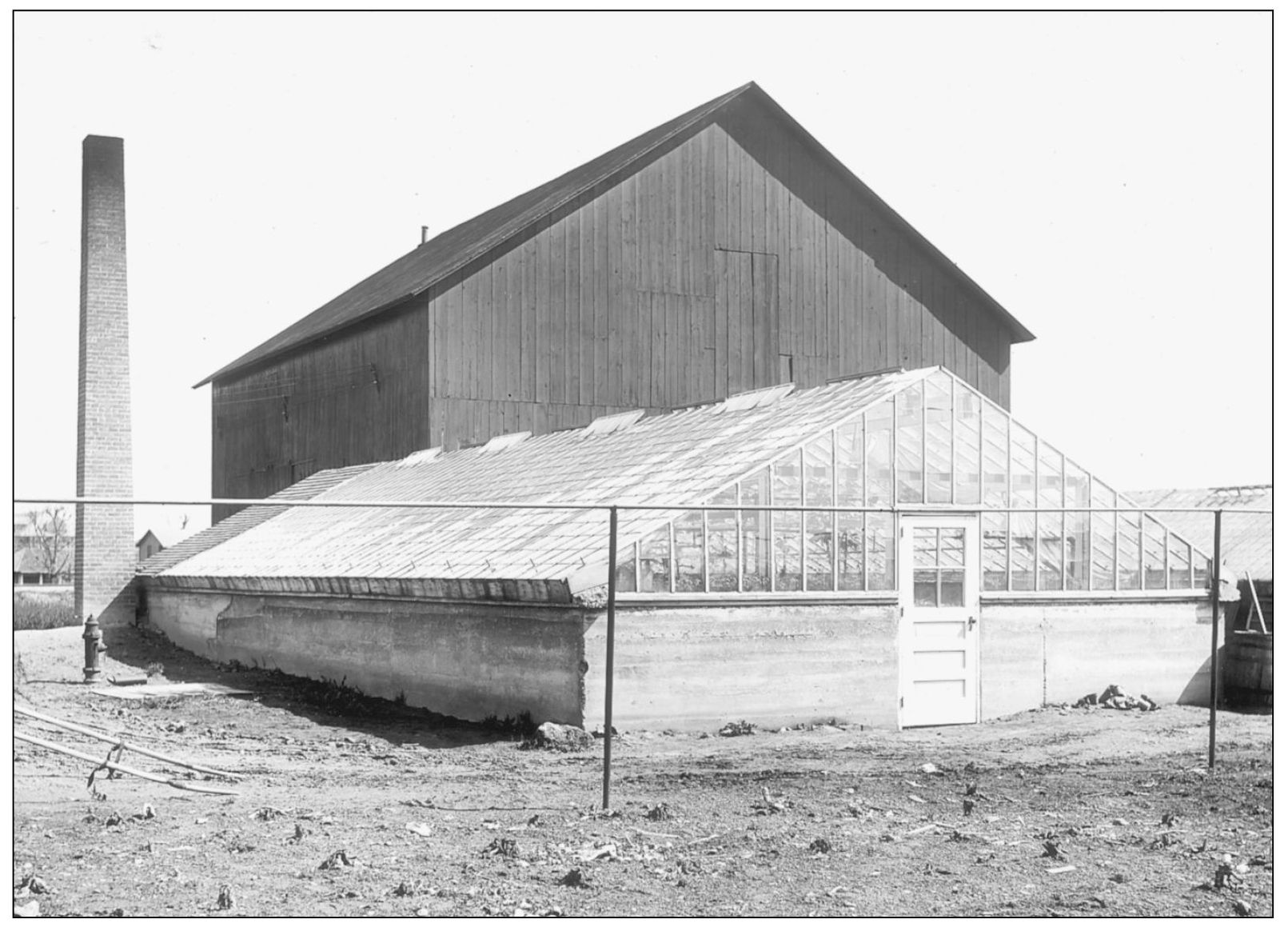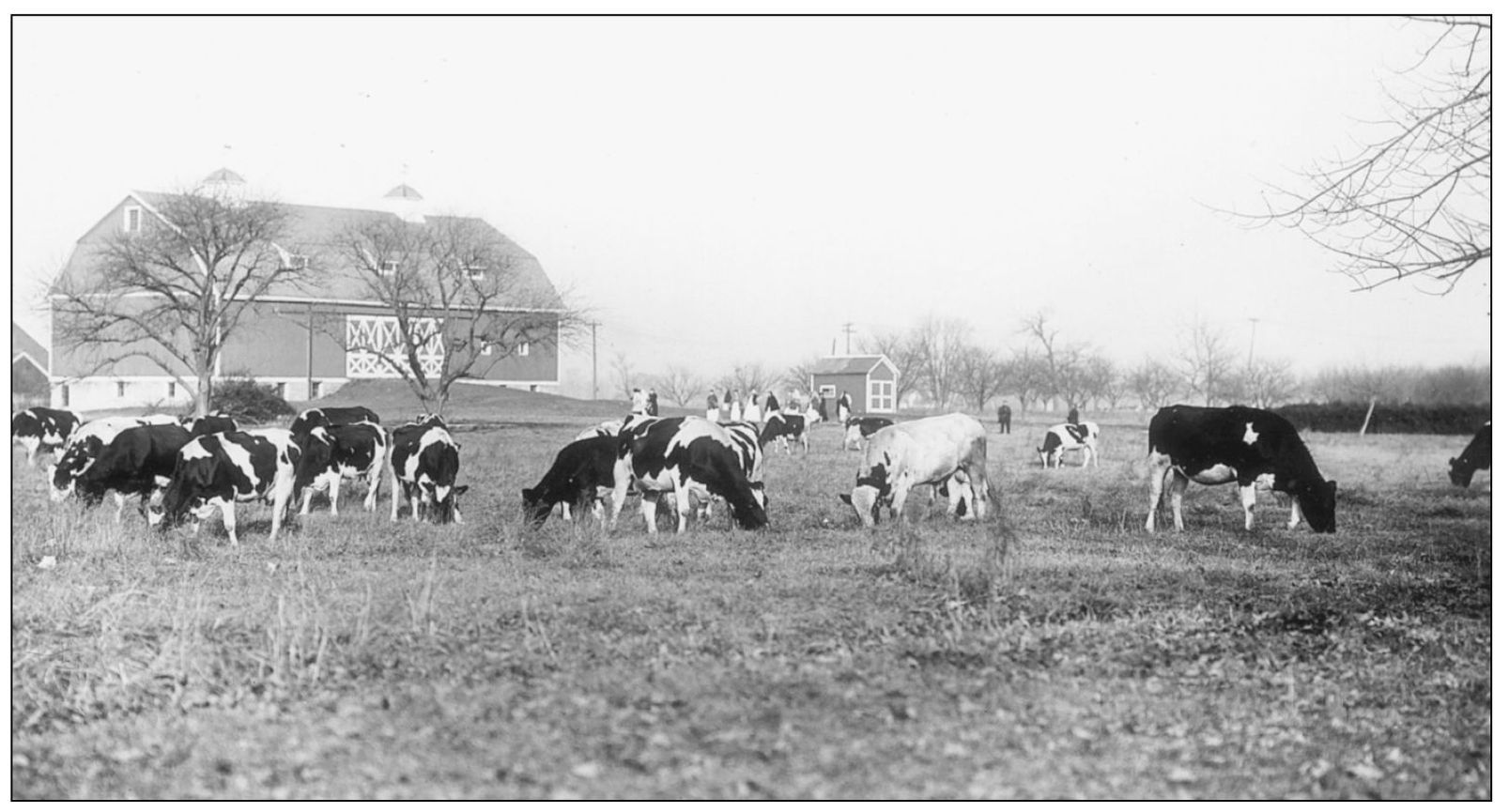Ibbotson - Eloise
Here you can read online Ibbotson - Eloise full text of the book (entire story) in english for free. Download pdf and epub, get meaning, cover and reviews about this ebook. year: 2002;2011, publisher: Arcadia Publishing Inc., genre: Religion. Description of the work, (preface) as well as reviews are available. Best literature library LitArk.com created for fans of good reading and offers a wide selection of genres:
Romance novel
Science fiction
Adventure
Detective
Science
History
Home and family
Prose
Art
Politics
Computer
Non-fiction
Religion
Business
Children
Humor
Choose a favorite category and find really read worthwhile books. Enjoy immersion in the world of imagination, feel the emotions of the characters or learn something new for yourself, make an fascinating discovery.
Eloise: summary, description and annotation
We offer to read an annotation, description, summary or preface (depends on what the author of the book "Eloise" wrote himself). If you haven't found the necessary information about the book — write in the comments, we will try to find it.
Eloise, which started out as a poorhouse, later became known as Wayne County General Hospital. From only 35 residents on 280 acres in 1839, the complex grew dramatically after the Civil War until the total land involved was 902 acres and the total number of patients was about 10,000. Today, all that remains are five buildings and a smokestack. Only one of them, the Kay Beard Building, is currently used.
In Eloise: Poorhouse, Farm, Asylum, and Hospital, 1839-1984, this institution and medical center that cared for thousands of people over the years, is brought back to life. The book, in over 220 historic photographs, follows the facilitys roots, from its beginnings as a poorhouse, to the founding of its psychiatric division and general hospital. The reader will also be able to trace the changing face of psychiatric care over the years. The book effectively captures what it was like to live, work, and play on Eloises expansive grounds.
Ibbotson: author's other books
Who wrote Eloise? Find out the surname, the name of the author of the book and a list of all author's works by series.

